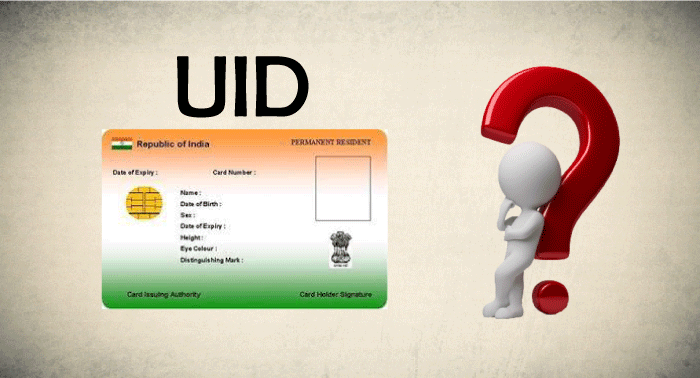What is the Full Form of UIDUID: Unique IdentifierUID stands for Unique Identifier, which by the name itself explains that it is nothing but a unique identity provided to an entity or individuals so that they can have their own unique identity. A unique identity is different and unique for every entity, system or individual. It usually includes the combination of numbers and alphabets, depending on the type of entity or category. 
UID given to any entity or individual, like any member, some business or any equipment and sites, is utilized to differentiate them from others. A UID can be assigned to any entity depending on the area's intended demand. Sometimes, it can also be chosen by the customers based on their choice or requirements. However, in most cases, the UID allocated to any entity is auto-generated. Uses of Unique IdentifiersUnique Identifiers are commonly used when users register on any website and are provided with a UID so that they can be easily differentiated from other users on the database. Those who register on any website are commonly provided with a unique id for login. For security and log-on purposes, UID, which are provided to different users differently, helps a lot as they can be used to track the activity of the holder of the UID if required. Nowadays, UID is also used in the medical field widely. The patients are provided with a unique identifier which helps the hospital, doctor and even the patient to track their records. Not only this but providing UID to patients also helps in keeping patients' treatment information partial and also prevents duplication of their health reports. UID is also used in the physical supply chain. The manufacturers mark all parts, small or large, of any equipment or device with a unique serial number. With the help of the given serial numbers, the products' origin can be traced back if there is any defect or error in the product or part. Also, it helps to maintain or check stock availability easily. Benefits of Unique IdentifierSecondary Perks A unique Identifier helps track the records or activity of the UID holder, and it is also assumed that it can help the economy of the country in some way. Verification of the Authenticity As UID is different and unique for every user, it reduces the chance of being scammed. It is impossible to create any similar UID by any scammer for the purpose of scamming people. The best part about UID is that if any UID is allocated to any entity, then that same UID can never be allocated to any other entity by any user. With the use of the UID, the online data and identity of the UID holder can be easily recovered, and it removes the possibility of fraud or duplicate IDs. Numerous Evidence Issues With the increase in the use of the UID, a huge collection of data of people from all fields can be easily maintained accordingly. Simply put, the UID can be helpful in collecting and storing evidence and solving numerous issues. Examples of UIDUID can be of different formats in different circumstances. Some examples of these are listed below:
Next TopicFull Form
|
 For Videos Join Our Youtube Channel: Join Now
For Videos Join Our Youtube Channel: Join Now
Feedback
- Send your Feedback to [email protected]
Help Others, Please Share










